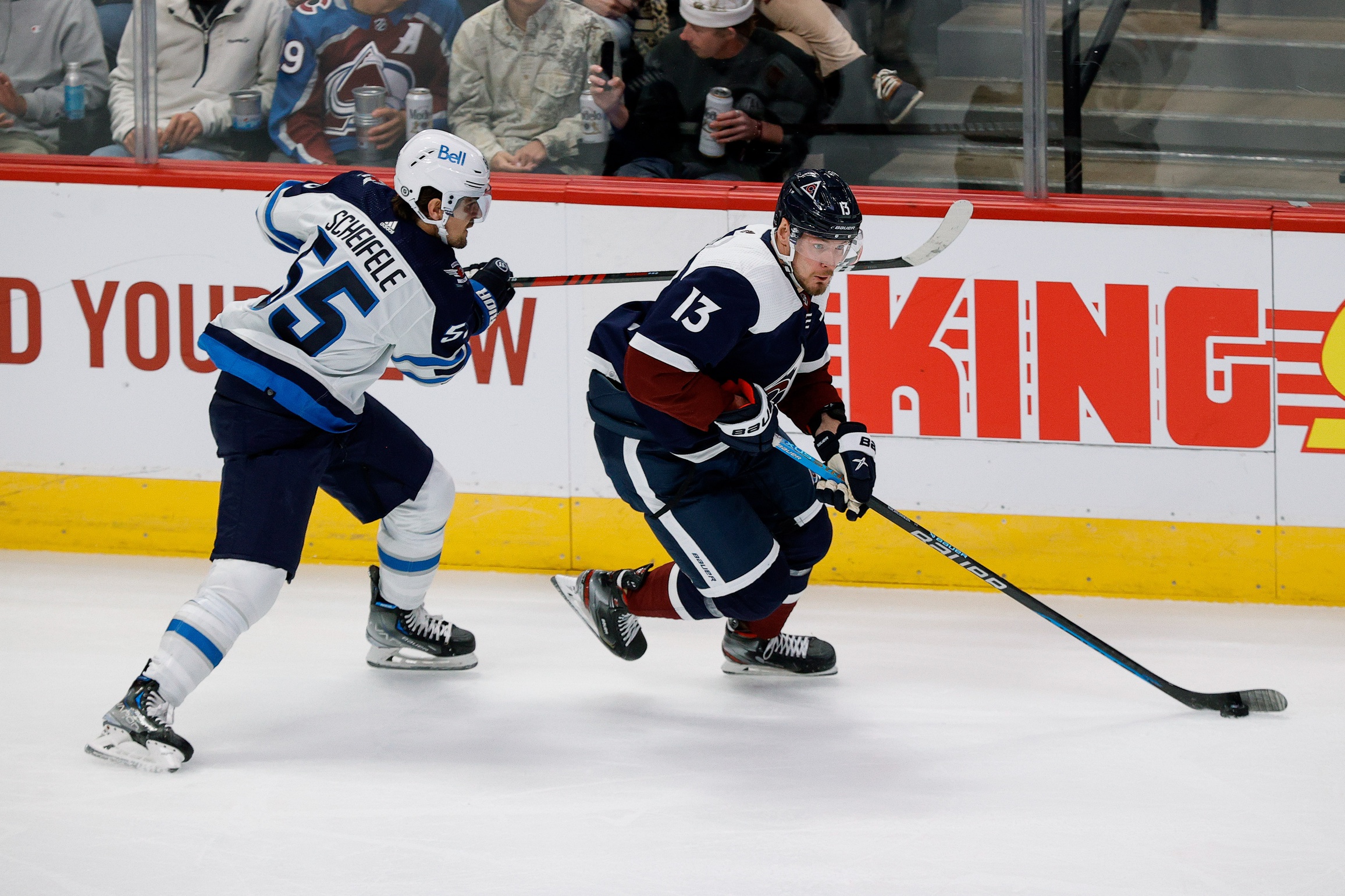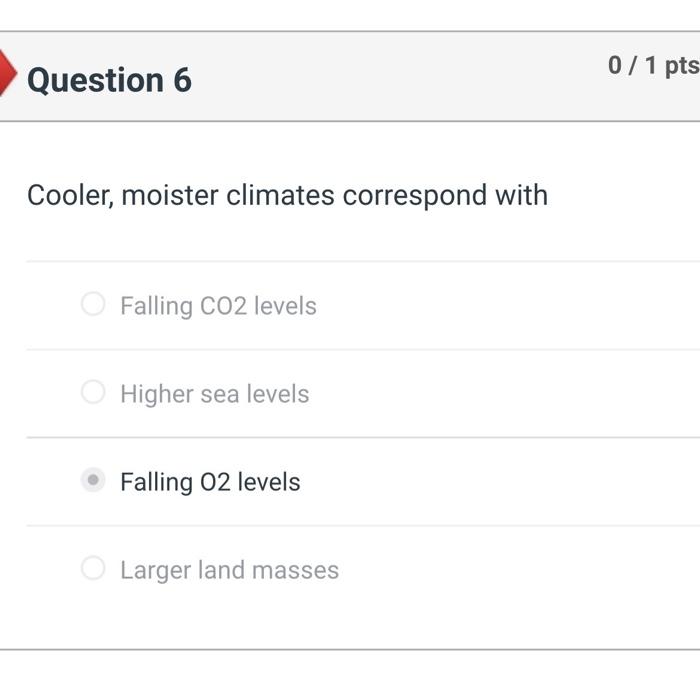Analysis: The Futility Of Michael Schumacher's Comeback Attempt

Table of Contents
Age and Diminished Physical Capabilities
Schumacher's age – 41 at the time of his return – significantly impacted his performance. The physical demands of Formula 1 racing are immense, requiring peak physical condition, reflexes, and stamina. These aspects naturally decline with age, placing Schumacher at a considerable disadvantage compared to his younger rivals.
- Slower Reaction Times: The milliseconds that separate victory from defeat in Formula 1 become magnified when reaction times slow. Numerous instances during races showed Schumacher lagging behind in crucial moments, a direct consequence of his age.
- Reduced Physical Endurance: The grueling physical demands of driving a Formula 1 car, including G-forces and intense concentration over extended periods, became increasingly challenging for Schumacher. His reduced endurance affected his performance consistency throughout races.
- Increased Susceptibility to Injuries: The inherent risks in Formula 1 are amplified when physical capabilities diminish. While Schumacher avoided major injuries during his comeback, the increased risk was a palpable concern.
- Difficulty Adapting to Evolved Car Demands: Modern F1 cars had evolved considerably during his absence, demanding a higher level of physical fitness and a different driving style. This adaptation proved difficult for Schumacher, hindering his ability to fully exploit the car's potential.
The physiological changes associated with aging—reduced muscle mass, decreased cardiovascular fitness, and slower neural processing—all played a significant role in impacting his driving skills and overall performance. Races where he struggled to maintain pace, particularly during the later stages, clearly demonstrated the toll of age on his abilities. His performance paled in comparison to his prime years, a clear indication that the physical demands of the sport had outpaced his aging body.
Technological Advancements in Formula 1
The sport underwent significant technological advancements during Schumacher's three-year absence. These advancements, while pushing the boundaries of the sport, presented a steep learning curve for a driver returning after such a significant break.
- KERS (Kinetic Energy Recovery System): The introduction of KERS added a layer of complexity to race strategy and car management. Mastering this technology required significant practice and understanding, which Schumacher lacked compared to drivers who had grown up with it.
- Sophisticated Car Setups: Modern F1 cars boast increasingly sophisticated electronic systems and aerodynamic designs, requiring a deep understanding of complex data and setup parameters. Schumacher's struggle to fully grasp these nuances became evident throughout the season.
- New Aerodynamic Designs: The aerodynamic landscape of Formula 1 evolved significantly, requiring drivers to adapt their driving styles to maximize downforce and efficiency. Schumacher faced challenges in adjusting to these new aerodynamic characteristics.
- Increased Reliance on Driver-Engineer Communication: Modern F1 relies heavily on real-time data analysis and driver-engineer communication. Schumacher, while experienced, needed time to adjust to the evolving communication protocols and the increased reliance on this dynamic interaction.
The technological leap Formula 1 made during Schumacher's hiatus created a significant barrier to his successful comeback. His inability to fully grasp and adapt to these new technologies hampered his performance and showcased the rapid pace of innovation in the sport. His struggles with KERS deployment and the intricacies of modern car setups exemplify this challenge.
The Changing Landscape of Formula 1 Drivers
A new generation of exceptionally talented and young drivers emerged during Schumacher's absence. These drivers, often possessing superior physical capabilities and having grown up with the latest technology, posed a formidable challenge.
- Rise of Sebastian Vettel and Lewis Hamilton: The dominance of drivers like Sebastian Vettel and Lewis Hamilton highlighted the increased competition and the shift in the sport's hierarchy. These drivers represented a new era, leaving Schumacher struggling to keep pace.
- Increased Competition and Pressure within the Mercedes Team: The intense pressure within the Mercedes team, fueled by the ambition of the younger drivers, contributed to the difficulties faced by Schumacher.
- The Challenge of Adjusting to a New Team Dynamic: Returning to a team with a new structure, different personalities, and a changed dynamic presented additional challenges for Schumacher.
- Schumacher's Struggle to Match the Pace of Younger Drivers: Consistently, Schumacher found himself unable to match the speed and consistency of his younger teammates and rivals. This was a stark contrast to his previous dominance in the sport.
The emergence of these formidable competitors and the increased competitiveness within the sport ultimately overshadowed Schumacher's performance. He faced a drastically altered landscape, where his experience alone could not compensate for the advantages of youth, physical prowess, and familiarity with the latest technologies.
Impact on Schumacher's Legacy
Did the comeback diminish his legendary status? This is a subject of ongoing debate among fans and commentators. While his comeback undeniably added a chapter to his already illustrious career, its overall outcome raises questions.
- Debate Amongst Fans: Opinions vary widely on the impact of the comeback on Schumacher's legacy. Some argue it tarnished his image, while others view it as a courageous albeit unsuccessful attempt.
- Analysis of the Effect on His Overall Win-Loss Ratio: Comparing his pre- and post-comeback statistics reveals a significant drop in performance metrics, adding weight to the argument of a diminished legacy.
- Comparison of Pre- and Post-Comeback Performance Metrics: A comprehensive comparison of lap times, qualifying positions, and race results demonstrates a clear decline in performance.
- How the Comeback Might Have Affected His Long-Term Health: While not directly related to the sporting performance, it's worth noting the later skiing accident. While it's impossible to definitively link this to his comeback, the increased physical stress could have been a contributing factor. This aspect is sensitive and should be discussed cautiously.
The debate regarding the impact on Schumacher's legacy is multifaceted and complex. While his pre-comeback achievements remain unparalleled, the less-than-stellar results of his return have certainly fueled discussions on whether it ultimately diminished his legendary status. A balanced perspective suggests that while his comeback may not have added to his overall greatness, it shouldn't detract significantly from the unparalleled success of his earlier career.
Conclusion
Michael Schumacher's comeback attempt, while courageous, ultimately proved to be a futile endeavor. A combination of age, technological advancements in Formula 1, and the rise of a new generation of formidable drivers contributed to his underwhelming performance. This analysis highlights the complexities of returning to elite-level competition after a significant hiatus. While his legacy remains undeniably impressive, his comeback serves as a cautionary tale—a stark reminder of the challenges faced when attempting a return to the pinnacle of a relentlessly evolving sport. Understanding the factors that contributed to the futility of Michael Schumacher's comeback allows for a more nuanced appreciation of his extraordinary career and the unwavering dedication required at the highest levels of Formula 1. Further research into the specific physiological and psychological aspects of high-performance athletic comebacks would be valuable in understanding similar cases in the future. Analyzing Michael Schumacher's comeback offers valuable insights for aspiring athletes and serves as a potent reminder of the multifaceted challenges involved in such endeavors.

Featured Posts
-
 Rising Sea Levels Falling Credit Scores Assessing Climate Risk In Home Finance
May 20, 2025
Rising Sea Levels Falling Credit Scores Assessing Climate Risk In Home Finance
May 20, 2025 -
 D Wave Quantum Qbts Stock Performance Monday Factors Contributing To The Drop
May 20, 2025
D Wave Quantum Qbts Stock Performance Monday Factors Contributing To The Drop
May 20, 2025 -
 Familia Schumacher Se Mareste Prima Fotografie Cu Noul Membru
May 20, 2025
Familia Schumacher Se Mareste Prima Fotografie Cu Noul Membru
May 20, 2025 -
 Understanding Global Tariff Fluctuations An Fp Video Analysis
May 20, 2025
Understanding Global Tariff Fluctuations An Fp Video Analysis
May 20, 2025 -
 Understanding The Value Of Middle Managers Benefits For Companies And Their Staff
May 20, 2025
Understanding The Value Of Middle Managers Benefits For Companies And Their Staff
May 20, 2025
